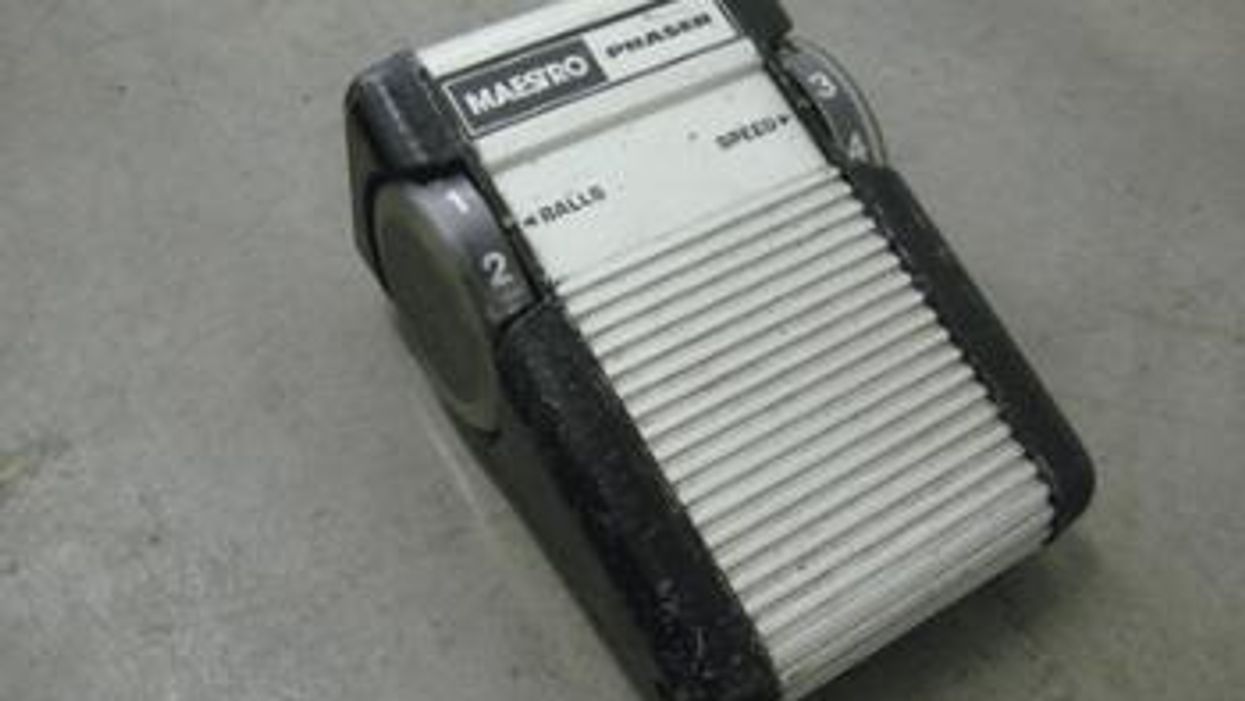Search
Latest Stories
Start your day right!
Get latest updates and insights delivered to your inbox.
maestro-big-muff-hendrix-electro-harmonix-effects-phaser-foxx
Don’t Miss Out
Get the latest updates and insights delivered to your inbox.
Recent
load more

